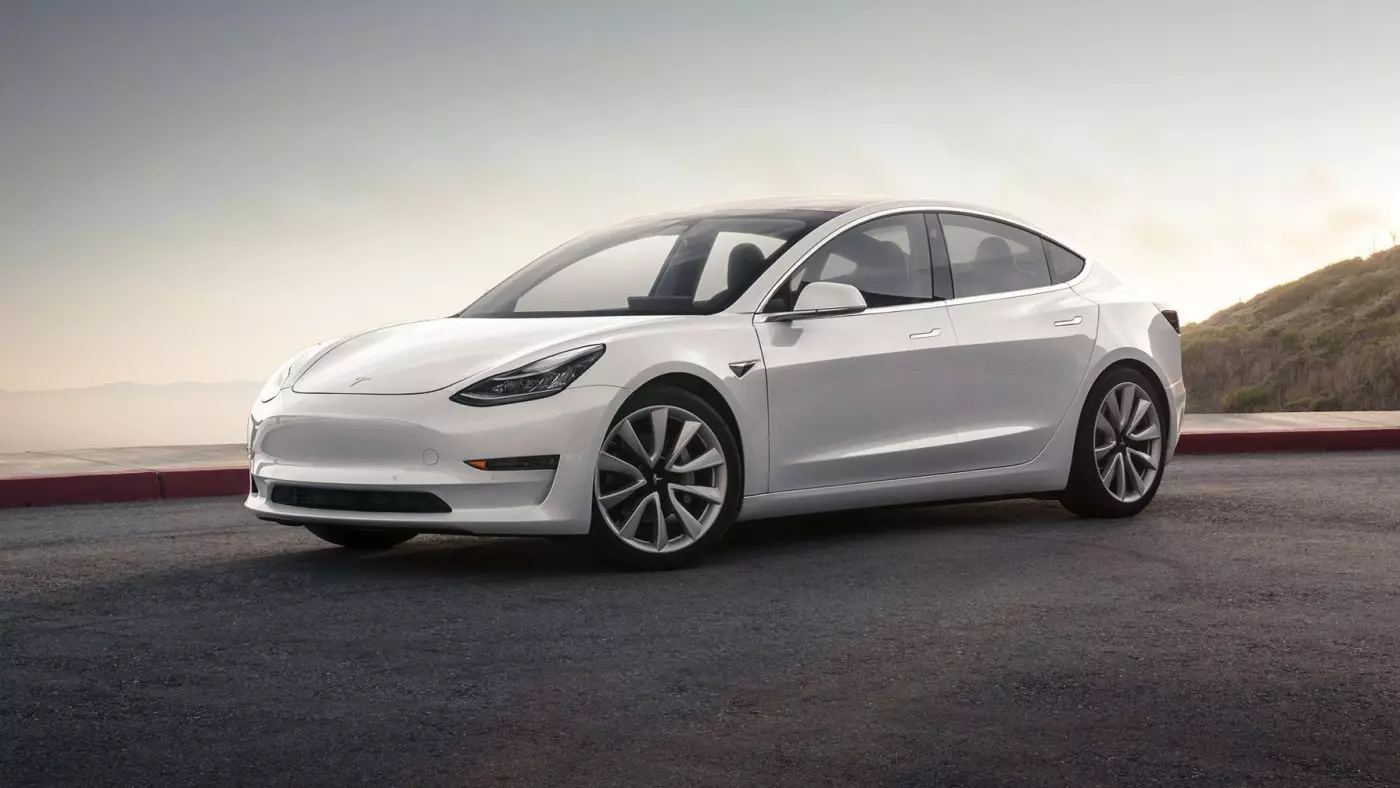Elon Musk, Tesla's CEO, predicted "Production Hell" for the next six months referring to the Model 3. Its most affordable model came with the promise that Tesla would produce half a million cars a year as early as 2018 A number far, far away from the nearly 85,000 units produced last year.
And growing so much and so fast will be painful. The waiting list already exceeds 500,000 customers who pre-booked it by handing over 1,000 dollars to Tesla as a down payment. As a curiosity, since the initial presentation last year, 63,000 have given up pre-booking, with the promised return of 1,000 dollars. And despite the fact that part of them has already received them, a large part is still waiting for the return of the amount, with the promised deadline for the return already largely exceeded.
But the huge initial demand remains and is difficult to satisfy. A little over a week has passed since the Model 3 presentation and the expression “production hell” used by Musk. Now Tesla announces the issuance of 1.5 billion dollars of debt (approx. 1.3 billion euros). The objective seems clear: to deal with the unprecedented level of production of Model 3.

Tesla, on the other hand, claims that it is just a preventive measure, a safety net for eventual unforeseen events, as the brand has more than three billion dollars in cash. What is certain is that Tesla “burns” money like few others. The large investments and expenses far exceed the company's turnover – the latest quarterly results presented showed losses of 336 million dollars. Tesla can't get out of the red.
Regardless of Tesla's justifications, a leap of this magnitude in production capacity – five times greater –, in such a short space of time, would always consume huge sums of money.
Elon Musk confirms Model 3 battery capacity
However, the Model 3 is still known in more detail. The certification process of the US Environmental Protection Agency (EPA) turned out to reveal more data, but it generated more confusion than clarification, especially about the capacity of the batteries.Unlike the Model S, the Model 3 does not mention the capacity of the batteries in its identification – for example, the Model S 85 equals 85 kWh. According to Musk, it's a way to highlight the car's autonomy values and not focus on the batteries themselves. As had already been announced, the Model 3 comes with two distinct battery packs that allow autonomy of 354 and 499 km.
However, Musk himself confirmed the capacities of the two options: 50 kWh and 75 kWh. Information is not less important for both consumers and investors. Musk promised a gross margin of 25% on the Model 3 and knowing the capacity of the batteries allows us to determine their impact on the cost of the car.
For example, if the cost per kWh were 150 euros, the cost of batteries would vary between 7,500 euros and 11,250 euros depending on the version. The kWh cost variation will be fundamental for the Model 3 to reach the desired margins. And for the bills to hit right it is essential that the cost of batteries goes down.
There are no hard numbers, but Tesla previously stated that the cost per kWh would be less than $190. Gigafactory's entry into the scene potentially means a 35% cost savings. And Musk has said that he would be disappointed if by the end of the decade the cost didn't stay below $100 per kWh.
Model 3 even faster
Slow is something the Tesla Model 3 is not. The access version manages 5.6 seconds from 0 to 96 km/h and the version with higher capacity reduces this time by 0.5 seconds. Fast, but far from the 2.3 seconds achieved by the Model S P100D in the same measurement. Weighing 400 kg less than the Model S, a “vitaminized” version of the Model 3 could make it the fastest of the Tesla.
And a version with more performance is precisely what Musk confirmed, with a presentation indicated as early as 2018. But for those hoping to see the Model S's 100 kWh batteries in the Model 3, don't count on it too much. The smaller dimensions of this do not allow it. The “super” Model 3 is predicted to come with batteries with greater capacity than 75kWh, but not much more. And of course, it should come with a second electric motor at the front, allowing full traction. A zero-emissions rival for the BMW M3?
